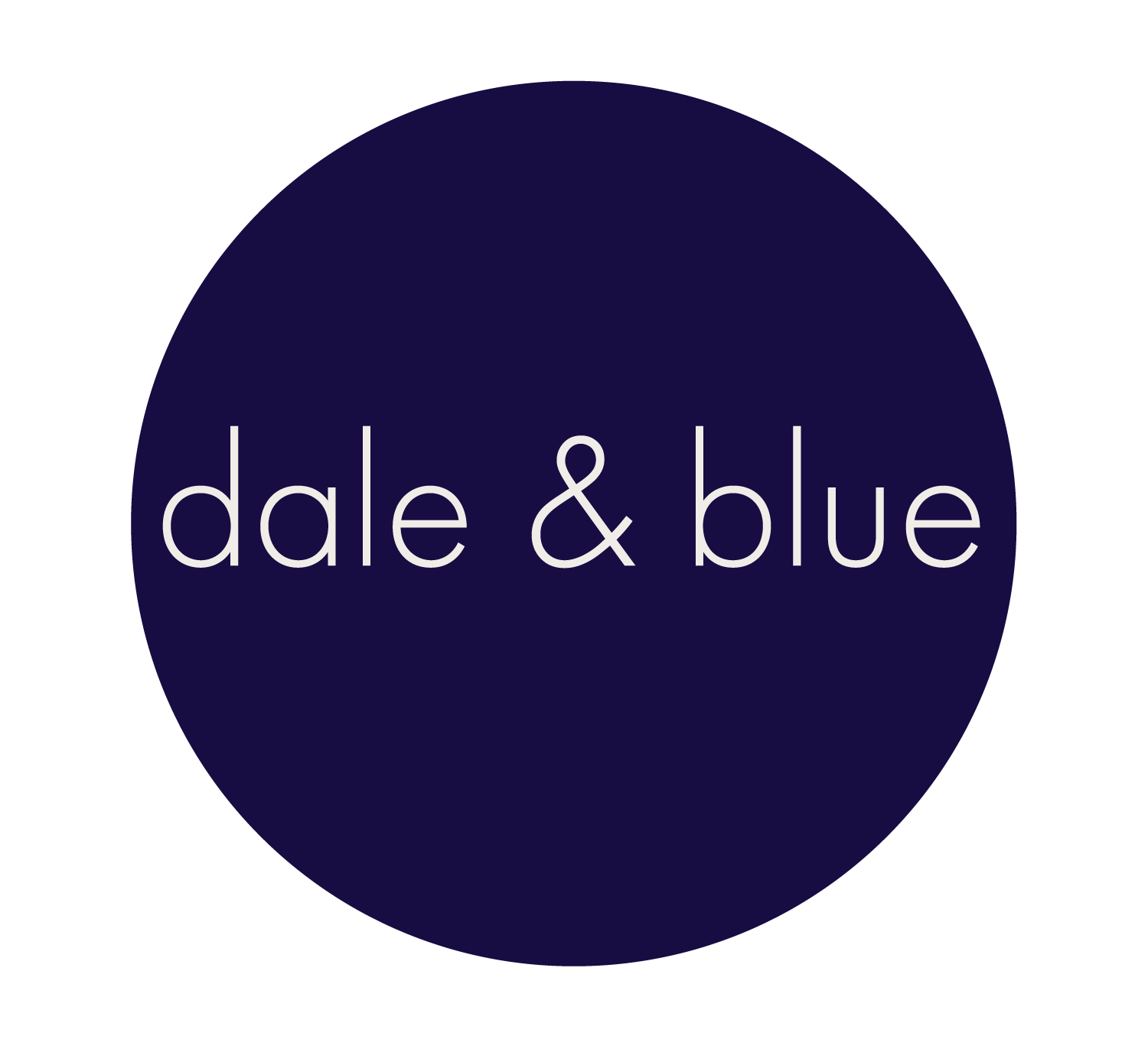A deep dive into Indigo
What is Indigo?
Indigo is a pigment extracted from the leaves of indigo-bearing plants and is the oldest natural source of blue dye in the world. The oldest known indigo-dyed cloth was found in Peru and dates back 6,000 years.
Because of its high value in trade, indigo was often referred to as blue gold.
Indigo is a Living Dye.
Unlike synthetic pigments or dyes, plant-based indigo dyeing uses indigo leaves that are harvested in the late summer months. The plants undergo a fermentation process in large vats, bubbling up and appearing to breathe. Bubbles on the surface indicate a good-quality indigo. This is sometimes referred to as the mother and needs to be removed from the vat before the dye process can begin. Most dyers will keep the “mother” in reserve and add it back to the dye pot once their session is over. A while kept or well feed dye vat can last a long time.
Indigo is NOT blue.
Indigo dye is actually yellow-green in color. The rich deep blue color that you and I know as indigo doesn’t occur until the fabric is removed from the dye vat. An indigo dye vat is an aerobic environment (meaning it doesn’t have oxygen) once the fabric is pulled from the vat and hits the air it's oxides and turns from a rich green to the blue shades of indigo we know.
Indigo around the World.
The birthplace of indigo is India, where the natural dye was commonly dried into cakes for easy trade and transport.
In Japan, indigo holds a rarified place in culture because of its long history and symbolism. During the Edo Period, Japan’s noble Samurai wore a layer of indigo-dyed cloth beneath their armor to aid in the healing of injured skin, earning it the name “Japan Blue.”
It was a major export and cash crop in South Carolina in the 1700s, playing a major role in plantation slavery there, along with cotton and rice.
Indigo dye was common in ancient civilizations in Mesopotamia, Egypt, Britain, Mesoamerica, Peru, Iran, and West Africa.
Curious about learning more? I recommend these books, they are in my personal library,
Indigo: The Color that Changed the World
Indigo: Cultivate, Dye, Create
Sites and resources for this post:



